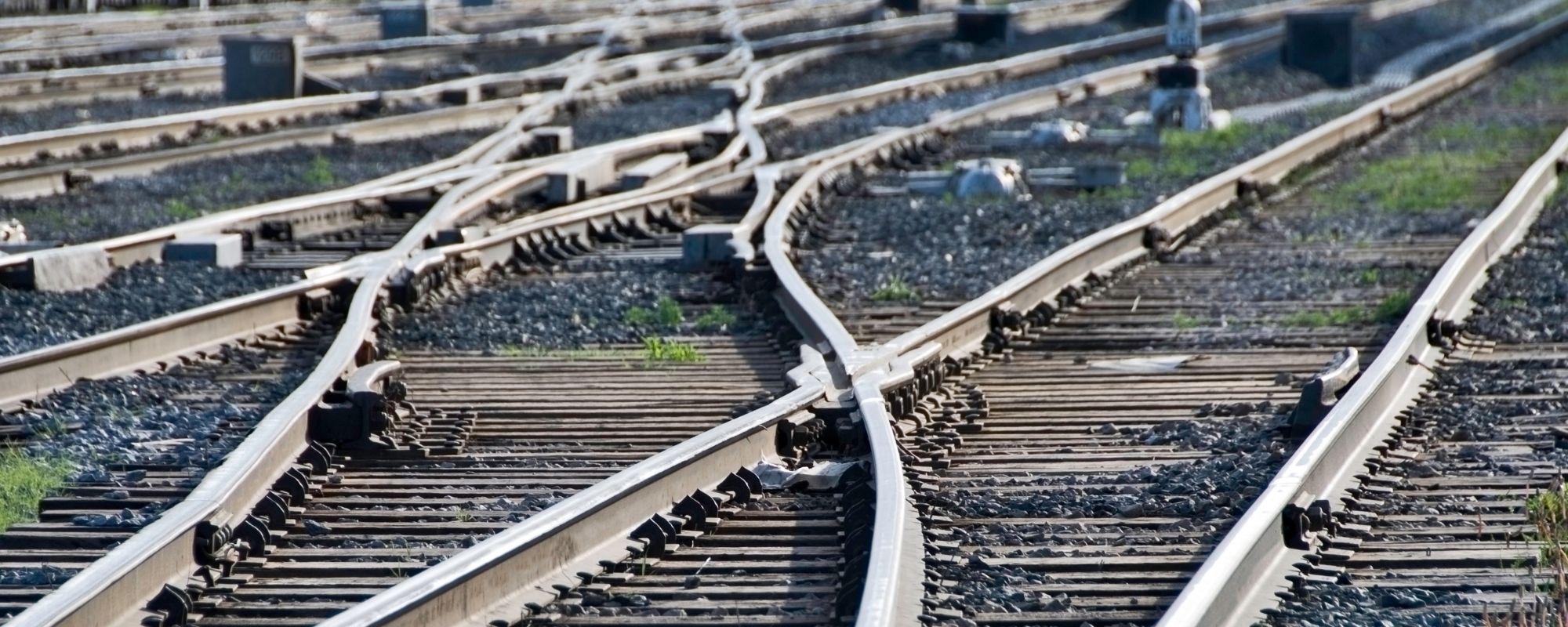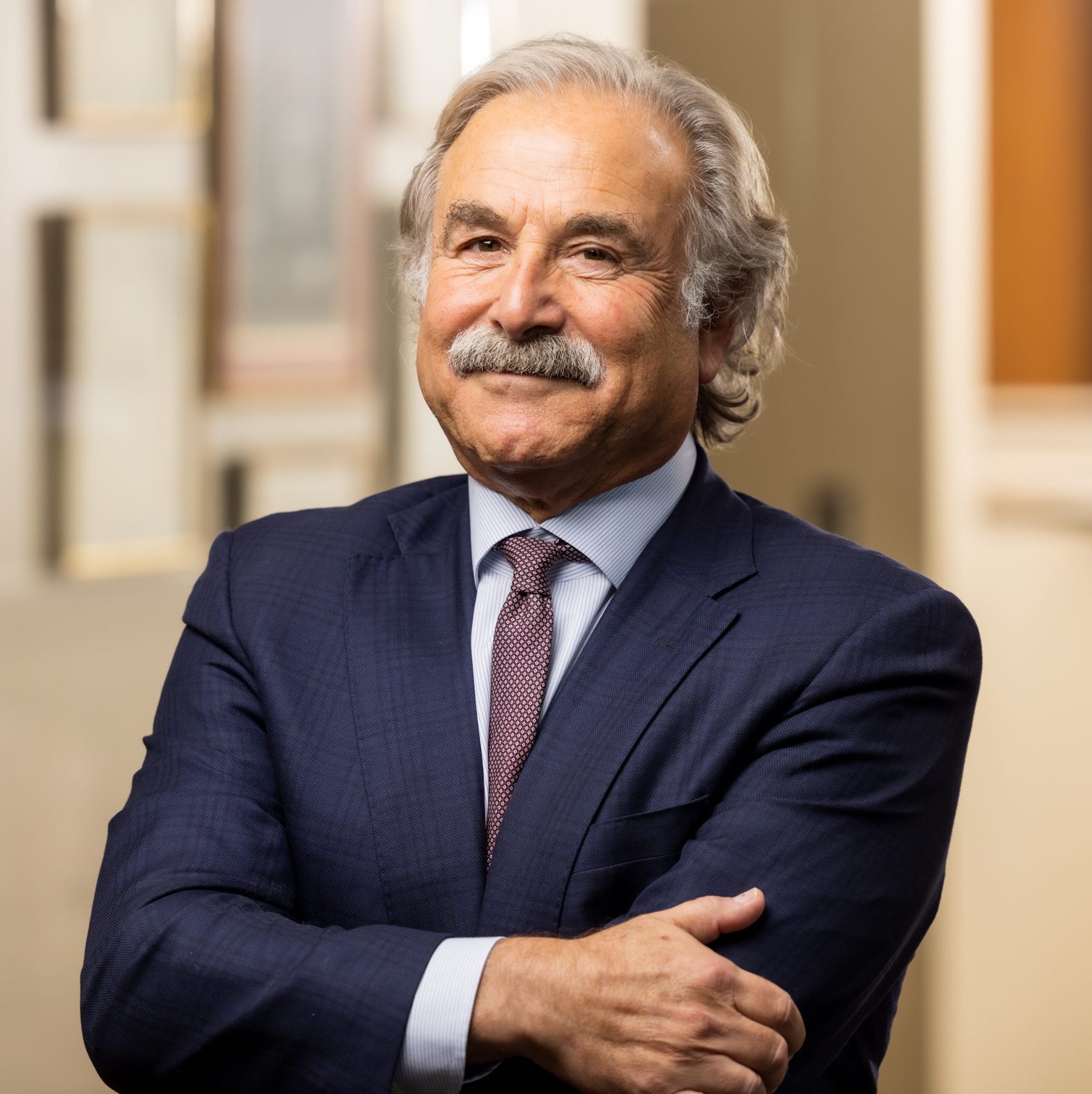Railroad Crossing Accidents
Jeffrey Breit—April 25, 2022

Each year, hundreds of people are seriously injured or killed by trains. As recently as March 1, 2022, a Virginia driver narrowly averted disaster by quickly exiting his F-150 after it stalled on a set of tracks in Louisa County. Although the train conductor was able to spot the stalled vehicle from a distance, the weight and speed of the train made it impossible for it to avoid the crash.
Train accidents can be life-altering, and most car-train collisions occur at railroad crossings.
In this article, we discuss how common railroad crossing accidents are and how you can protect your legal rights if you or a loved one has recently been injured by a train.
Contents
- How Common Are Railroad Crossing Accidents?
- Causes of Railroad Crossing Accidents
- Types of Railroad Crossings
- Common Injuries Resulting From Railroad Crossing Accidents
- Who’s Liable in a Railroad Crossing Accident?
- What Damages Are Available in a Railroad Crossing Accident?
How Common Are Railroad Crossing Accidents?
In 2021, there were more than 9,000 train accidents across the U.S., resulting in the deaths of 910 people.
In Virginia, there were 15 public railroad crossing fatalities in 2021, a marked increase from the five fatal collisions in 2020.
The Federal Railroad Administration tracks collisions, injuries, and fatalities on all public railroads, but some railroads are private and have an entirely different reporting structure.
Causes of Railroad Crossing Accidents
Although every accident is different, most railroad crossing accidents are usually a result of:
- No warning signals
- Faulty or malfunctioning warning signals
- Vision obstructions on or near the track (like tall grass, fencing, signs, or buildings)
- The operator’s failure to signal
- Track defects
- Track obstructions
- Train operator mistakes
- Mechanical defects
Any one of these factors can significantly increase the risk of a collision, and combining two or more can be a recipe for a catastrophic injury.
Types of Railroad Crossings
Not all train crossings are the same. Some are well-marked with flashing lights, gates, and loud signals. Others may blend in so well that they’re nearly indistinguishable from the surrounding road.
Passive railroad crossings have no lights, no signals, and no gates designed to protect drivers from crossing the tracks while a train is in the area. Most passive crossings tend to be in rural areas. Because these crossings blend in so well with their surroundings, they’re responsible for most serious railroad accidents and injuries.
Protected railroad crossings are clearly marked and equipped with lights, gates, and other safety gear. These crossings tend to be found in cities, urban, and suburban areas.
Common Injuries Resulting From Railroad Crossing Accidents
Freight trains may look slow and non-threatening, but they weigh thousands of tons – and they can take over a mile to stop.
Because of its size, a train can cause serious and fatal injuries like traumatic brain injury (TBI), broken bones, internal injuries and bleeding, and limb amputations.
Brain Injuries
Any blow to the brain from a train accident can cause damage, sometimes permanent.
Those who suffer from TBI may experience memory loss, personality changes, language difficulties, impulse control problems, and the early onset of dementia.
Though mild TBI may allow for a full recovery, moderate to severe TBI can leave the crash victim unable to perform even the most basic tasks like feeding and dressing.
Broken Bones
Train accidents are far more likely to result in broken bones than car accidents. If bones are shattered, they need to be surgically repaired. And if the bone is connected to a joint, further treatment may be necessary to preserve the crash victim’s range of motion.
Amputations
Not all train accidents involve cars – in some cases, a pedestrian, bicyclist, or motorcyclist may try to dodge a train. These attempts can sometimes result in losing a limb or another appendage. For example, in one train injury study from the late 1980s, around 73% of pedestrians involved in a train collision suffered the amputation of at least one limb.
Internal Injuries
Being struck by a multi-ton vehicle at a high rate of speed can not only break your bones and rattle your brain, but it can also rupture blood vessels and lacerate internal organs. Internal bleeding isn’t as apparent as other injuries, but a delayed diagnosis could put a patient at risk of severe blood loss or organ failure.
Train accident victims can also suffer from soft tissue injuries like whiplash, hematomas, contusions, and strained or sprained ligaments.
Who’s Liable in a Railroad Crossing Accident?
Determining who is at fault in a railroad crossing accident can often be challenging. And most railroad companies (and their insurance providers) have armies of skilled, expensive attorneys whose main goal is to end the case as cheaply as possible. If you’ve been injured in a railroad accident, you may quickly find yourself dealing with high-pressure negotiation tactics.
This is just one of the reasons why it’s essential to enlist an attorney as quickly as possible. Your attorney can investigate your claim and drill down into the facts to assess who’s responsible for any injuries you’ve suffered.
Train Conductors & Engineers
Train conductors are the first line of defense between a track obstruction or vehicle and a collision. However, a distracted train conductor puts motorists and pedestrians at risk, not to mention passengers on the train.
The Railroad Company
The railroad company is responsible for training and supervising its employees. It can be held legally responsible if an accident is due to an employee’s lack of training or supervision.
The Track Owner
The owner of the railroad track – be it a railroad company, business, local government, or a private individual – bears the legal responsibility of ensuring that it’s free from hazards and in good operating condition. Otherwise, they can be held liable.
The Train Manufacturer or Designer
No matter its age, if a train has a defect – like conductor blind spots or malfunctioning brakes – and it causes an accident, the manufacturer could be liable.
Local Government
States, counties, and city officials are often responsible for deciding to install or decommission a railroad crossing or transform a crossing from passive to protected (or vice versa). If local officials don’t take the necessary steps to make a railroad crossing safer, the government entity could be named as a defendant in a railroad crossing lawsuit.
The Train Maintenance Company
Sometimes, a railroad track owner will delegate track maintenance to a third-party company. The maintenance company could be deemed responsible if their work creates track defects that lead to an accident.
A Motorist or Pedestrian
While less common, a vehicle driver or pedestrian may be at fault for a railroad crossing crash. This happens from trying to cross the tracks ahead of the train or by simply failing to see it.
What Damages Are Available in a Railroad Crossing Accident?
Those who have been harmed in a railroad crossing accident may be able to recover the following damages:
- Medical expenses
- Future medical expenses
- Lost wages or time off work
- Loss of future earnings for those who are disabled in an accident
- Pain and suffering
The amount and type of damages available in a railroad crossing lawsuit will depend on the facts of the case, the severity of the injuries, and the degree of fault of each party.
Contributory & Comparative Negligence
Under Virginia’s contributory negligence law, if the crash victim is deemed even 1% at fault for their accident, they’re barred from recovering damages from the other party or parties responsible.
There are exceptions, however. Railroad crossing lawsuits filed against common carriers, like the railroad companies, are analyzed under a comparative negligence standard. This standard is less stringent and can allow an injured plaintiff to recover even if they’re deemed partially at fault for the accident.
Personal Injury Lawyers for Railroad Crossing Accident Cases
Railroad crossing accidents can be life-altering. If you or a loved one has recently suffered a railway injury, it’s important to seek legal advice from an experienced personal injury attorney as soon as possible.
At Breit Biniazan, our attorneys have decades of experience in handling Virginia railroad accidents. We’ll work hard to make sure you receive the compensation you deserve and protect your rights.
Just fill out the short contact form on our website or give us a call at (855) 212-8200 to learn more about your legal options.
By Jeffrey Breit
Partner
Jeffrey Breit is driven to be the best in personal injury legal representation and has had far-reaching accomplishments that will be felt for years to come. Throughout a successful career as a personal injury lawyer in Virginia Beach and the larger state of Virginia, Jeffrey Breit has continued to work hard to improve the reputation of attorneys representing injured people, as well as training the next generation of trial lawyers.
Categories:
Office Locations
Related Posts
Categories
We are personal injury attorneys
Fill out our contact form to speak to our experienced Virginia trial attorneys. Breit Biniazan has helped recover millions of dollars in cases. Learn how we can help you today.
